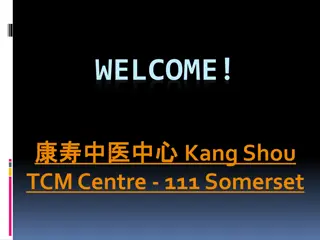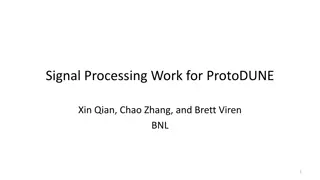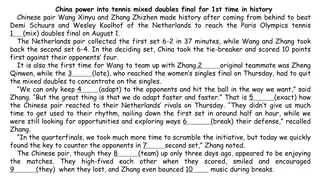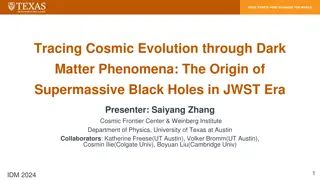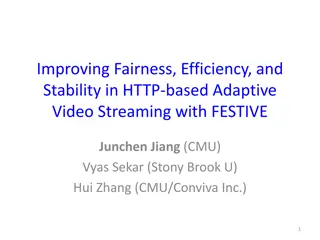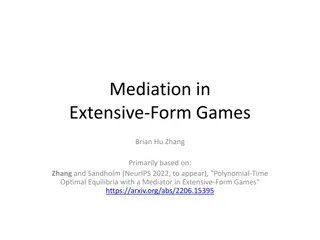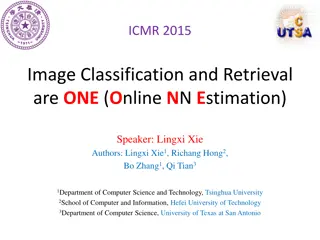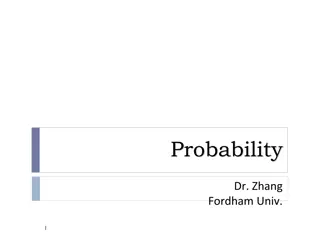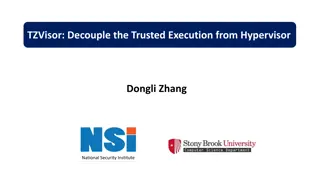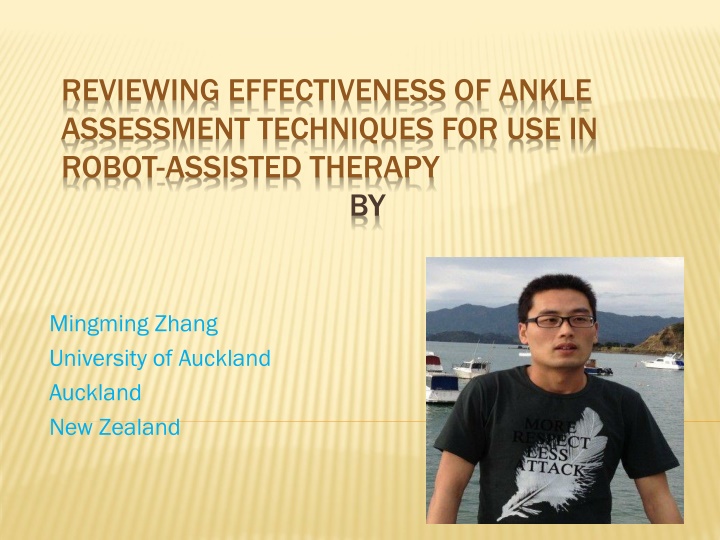
Assessment Techniques for Ankle Rehabilitation in Robot-Assisted Therapy
This study by Mingming Zhang from the University of Auckland in New Zealand reviews the effectiveness of ankle assessment techniques for use in robot-assisted therapy. The aim is to provide a comprehensive review of studies investigating ankle assessment techniques to better understand real-time monitoring of rehabilitation progress. The method involved selecting 76 publications from various databases, categorizing them into qualitative and quantitative studies, focusing on goniometer, dynamometer, and innovative techniques. Results indicate that while qualitative methods are not suitable for real-time monitoring, quantitative techniques show great potential, especially in measuring ankle kinematics and kinetics. However, the majority of quantitative techniques are limited to measuring in the sagittal plane only.
Download Presentation

Please find below an Image/Link to download the presentation.
The content on the website is provided AS IS for your information and personal use only. It may not be sold, licensed, or shared on other websites without obtaining consent from the author. If you encounter any issues during the download, it is possible that the publisher has removed the file from their server.
You are allowed to download the files provided on this website for personal or commercial use, subject to the condition that they are used lawfully. All files are the property of their respective owners.
The content on the website is provided AS IS for your information and personal use only. It may not be sold, licensed, or shared on other websites without obtaining consent from the author.
E N D
Presentation Transcript
REVIEWING EFFECTIVENESS OF ANKLE ASSESSMENT TECHNIQUES FOR USE IN ROBOT-ASSISTED THERAPY BY Mingming Zhang University of Auckland Auckland New Zealand
Aim Provide comprehensive review of studies that investigated ankle assessment techniques. Relevance Better understand techniques that can be used in real-time monitoring of rehabilitation progress for implementation in conjunction with robot- assisted therapy.
Method Method Selected 76 publications (published Jan 1980 Aug 2013) from 8 databases. Divided publications into 2 main categories: 16 qualitative and 60 quantitative studies. 13 goniometer, 18 dynamometer, and 29 innovative technique studies.
Results Results 465 subjects participated in 29 quantitative studies of innovative measurement techniques that may potentially be integrated in real-time monitoring device. Qualitative ankle assessment methods are not suitable for real-time monitoring in robot- assisted therapy, though they are reliable for certain patients. Quantitative ankle assessment methods show great potential.
CONCLUSION CONCLUSION Majority of quantitative techniques reliably measure ankle kinematics and kinetics but are usually available only for use in sagittal plane. Limited studies determine kinematics and kinetics in sagittal, transverse, and frontal planes, where motions of ankle joint and subtalar joint actually occur.

